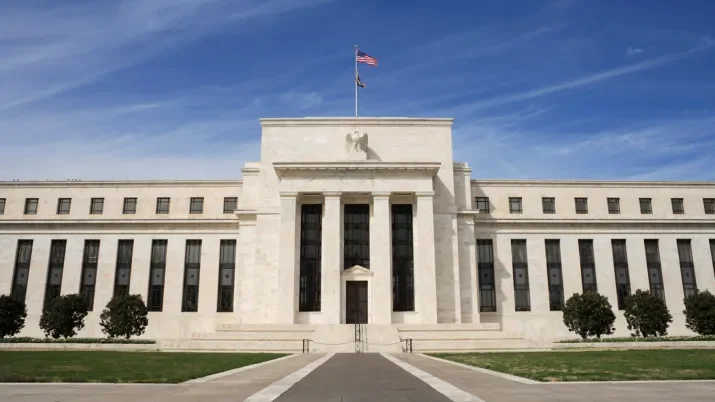Going it Alone
All good things must come to an end, and from today UK bank treasurers face life without the Term Funding Scheme (TFS).
The scheme, which has lent UK banks approximately £115bn up to the final deadline day for drawing, was announced alongside the emergency Brexit vote rate cut in August 2016 and was intended to give funding to banks and building societies at, or close to, the Base Rate. Each tranche has a 4 year rolling maturity, so the benefit will only gradually roll off and any resulting funding gaps are spread and well flagged in banks’ funding plans.
TFS has been one of the key factors in compressing mortgage margins in the UK. Take for example the typical Virgin Money 75% LTV 2 year fixed rate mortgage which was offered at 2.25% before TFS began, and has now tumbled to 1.50% despite the November 2017 rate hike reversal of the 2016 cut.
We consider the current UK mortgage market fundamentally sound and will continue to be so, but are of the view that it is at an inflexion point.
Over the past 12 months, 2 year swap rates (key in pricing and hedging the most common fixed rate mortgages) have jumped by 44bps, with 22bps of that coming since the turn of the year. We expect swaps rates and mortgage rates will continue to trend up through 2018 regardless of BoE rate hike timing. In fact we note that big lenders such as Santander have already bounced off the lows at 1.10% and now offer comparable products nearer 1.35%. Such rate moves are a clear positive for floating rate ABS bonds yields.
Savings levels as a proportion of income remain very low, ranging from 4-6% in recent periods which is materially lower than the 9.2% average in 2015. This trend could contribute to greater competition amongst banks for a share of the retail deposit pie, weighing on the cost of the majority of mortgage funding.
Despite some more recent regional disparities, national house price growth has been strong over the past 5 years, supported by rising employment, stable nominal income growth, and the availability of credit supported by central bank initiatives. We do not expect this to change materially. However, lower interest rates have also created better affordability which some borrowers have used to increase leverage, thereby further supporting house prices; so rising interest rates are likely to weaken that price support dynamic over time.
There are currently very few warning signs in secured lending performance, though we have seen some very modest normalisation of arrears; but there is no reason to lose sleep here currently.
There is no doubt that the withdrawal of central bank support mechanisms, both here in the UK and in the US (who are ahead of us in the cycle), is compelling evidence that banks are facing ‘normal’ funding markets from a position of fundamental strength. Several of the UK’s biggest relative TFS borrowers have not issued in securitisation markets before; a market which offers them an alternative wholesale funding tool alongside covered bonds, senior secured debt and deposits, and therefore the end of TFS will hopefully lead to greater issuance volumes and greater issuer diversity in ABS.
So what lies ahead for European treasurers laying out their medium term funding plans ahead of the anticipated withdrawal of the ECB’s stimulus mechanisms through late 2018 and beyond? The navigation of funding markets by TFS participants here in the UK should provide an important roadmap for them, and we would expect a growth in the use of ABS markets as they balance their books once Mario’s medicine finally runs out.




